N-1 Block A
Gathering information on the N1 first stage.
Block A base, features and engine numbers.
This started when I realised that I did not know where to find engine number whatever, implicated in a launch failure. “Vovan” kindly provided this captioned version of a well known photo, (please ignore the awful colour).
It’s not obvious how this lines up with the rocket as a whole. So I got out my trusty N1-3L digital model, and produced a new version. But this was still lacking the numbering of the inner 6 engines. “French Space Guy” to the rescue, with an image from the Mishin diaries.
But… This one numbers the other way around, like it’s viewed from the front, the inner engines are rotated 30 degrees, and it’s barely legible! Fortunately the quadrants with roman numerals match, so we can be sure the image is the other way up, and back to front. This was also confirmed on the NK forums, also that the quadrant and engine numbering is standard.
Anyway, here’s the final version I came up with:
The features:
The engines numbers are clear enough, other elements:
(A) These four plates form the levelling system that ensure it is properly upright on the pad. They are referred to by Roman Numerals, as follows:
I) Near engine 24
II) Near engine 6
III) Near engine 12
IV) Near engine 18
(B) This red block provides connections for telemetry, before launch.
(C) These are the grid fins, more effective than normal fins at hypersonic velocities. Note also the diagonal rods within them, which sense air velocity.
(D) This white section with dark markings is the heat shield used for launches 5L and onward.
(E) This is the reference ring, left behind at launch, and used to clamp the rocket firmly to the start position. Flaps in the ground system lock onto it.
(F) This small nozzles form the roll control system - if you think they look puny you would be correct, the N1-6L broke up with excessive spin, and stronger versions were installed for the flight of the 7L, and later planned missions.
G) Square Telemetry Antennae, AM Waveband.
H) Triangular Telemetry Antennae, FM Waveband.
Block A variations:
Original Design:
The original design did not have the inner ring of six engines, and had open areas on the side hull, for air to flow through. Here’s an animated CGI view I made.
Version with 6 grid fins, not 4.
This was a proposal for the N1-7L through to N1-12L. It was intended to compensate for a possible loss of stability caused by the removal of the skirt on the N1-7L onwards. We don’t know why it was not adopted, but I guess that tests showed it was not needed. It’s worth remembering that the N-6L broke up due to excessive roll, so they probably looked at many options to improve stability.
Roll control engines:
Note how tiny the N1-6L roll control engine is!
The engines on the 7L Block A have been moved to the edge, (presumably for maximum torque), are MUCH larger, and you can see how this one would swivel from side to side.
Grid fin notes:
The grid fins are one of the most distinctive features of the N1, and are well covered elsewhere on this substack. But less well known is that the grid fins on the N1-7L appear to have been welded in place, rather than folding down once on the launchpad. Why?! Extra strength maybe? The whole rear skirt was redesigned…
Now, it is possible that this is the weight model, and the flight model was different, but I think this is unlikely.
In Summary:
This edition was a bit of an experiment - not so much new information, more of an in depth study a particular element. Let me know in the comments if you’d like more along these lines, or not.
This Edition’s Cool image:
One of mine, a design for a Soviet Starship, based on a single reference I found online. I call it the Red Star, which seemed appropriate.
And here’s the reference image:
This Edition’s Cool Link:
This site, (Russian language, but computer translation works), has good information on Rocket Engines, and good reference photos:
https://kbkha.ru/deyatel-nost/raketnye-dvigateli-ao-kbha/
This Edition’s 7 day download:
All 12 issues of Novosti Kosmonavtiki, the Russian language cosmonautics magazine, from 2011.



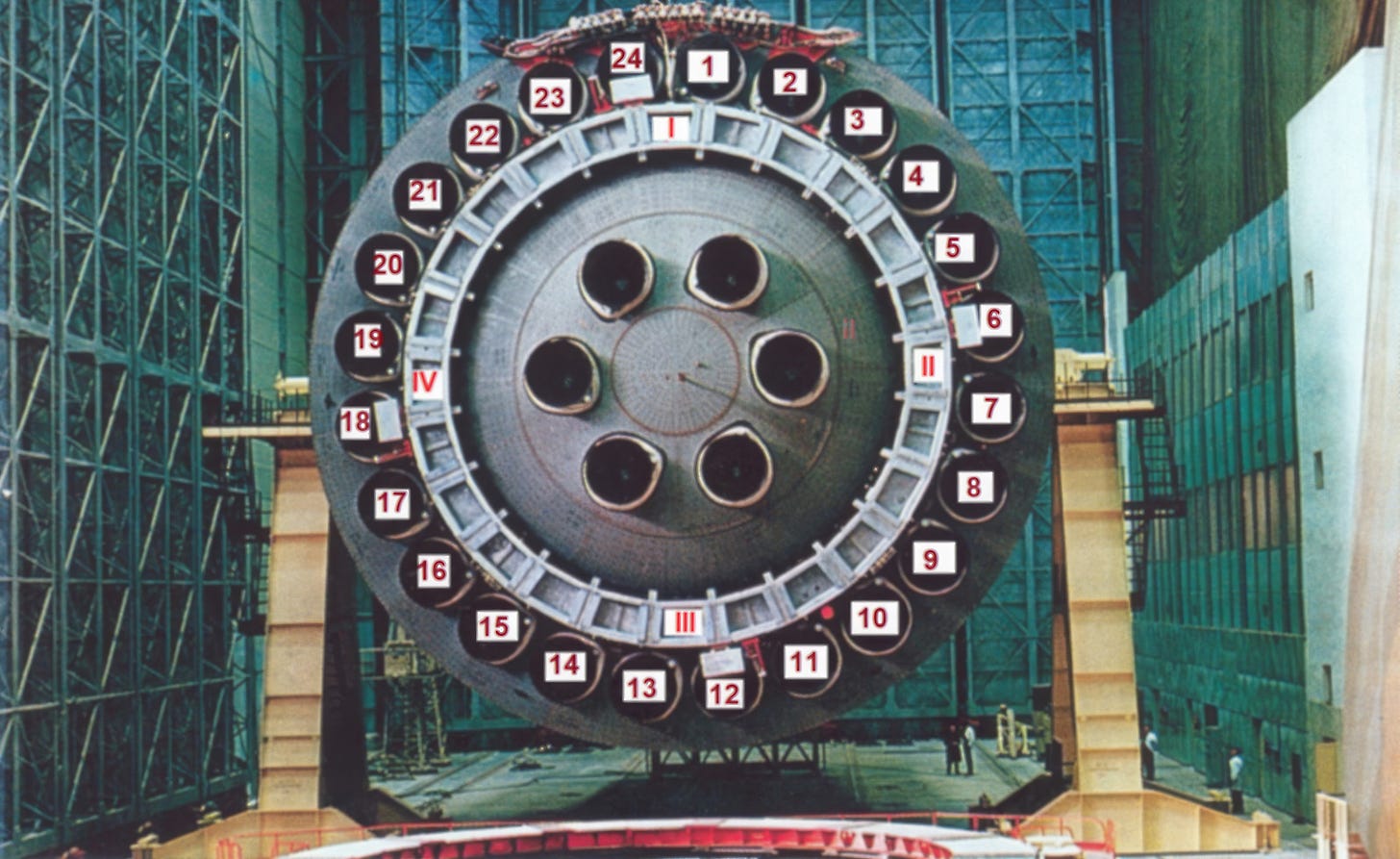
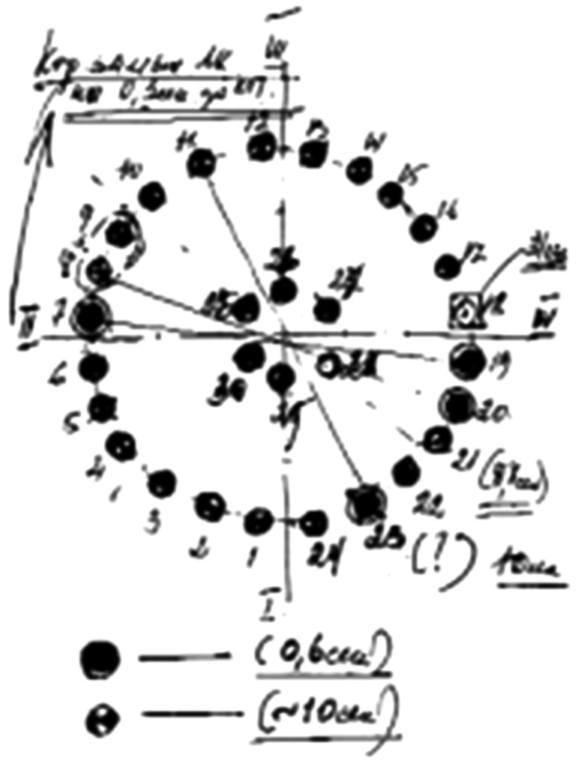
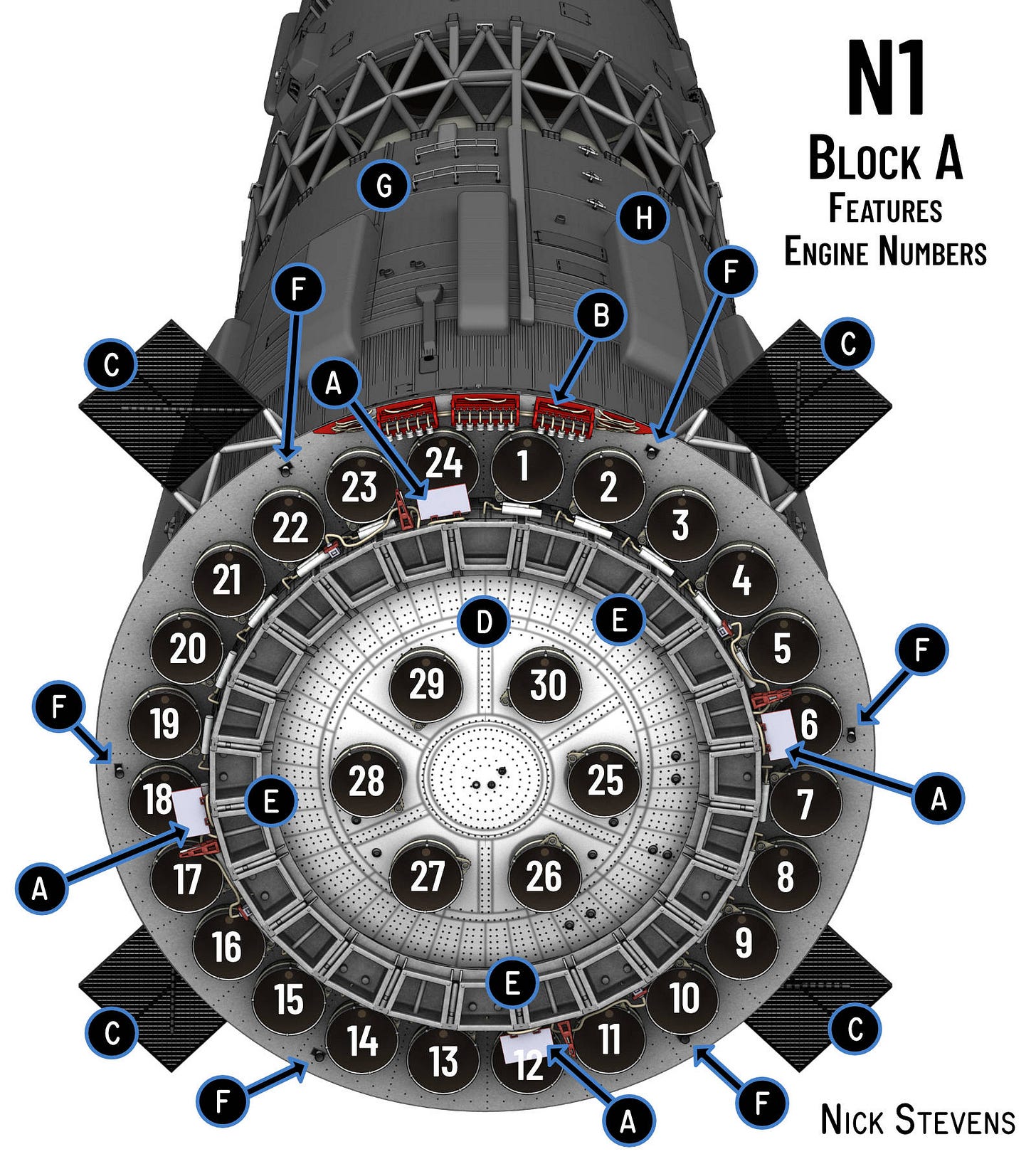
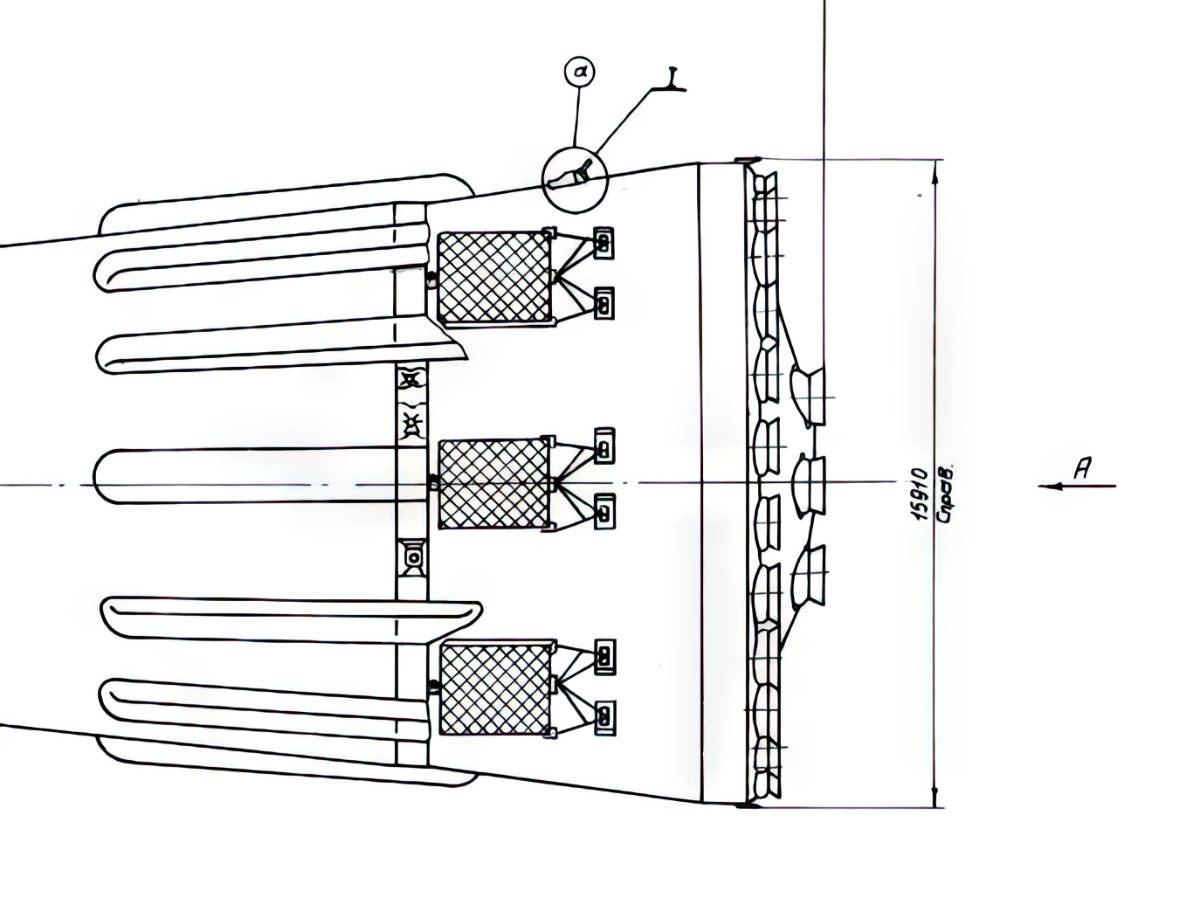
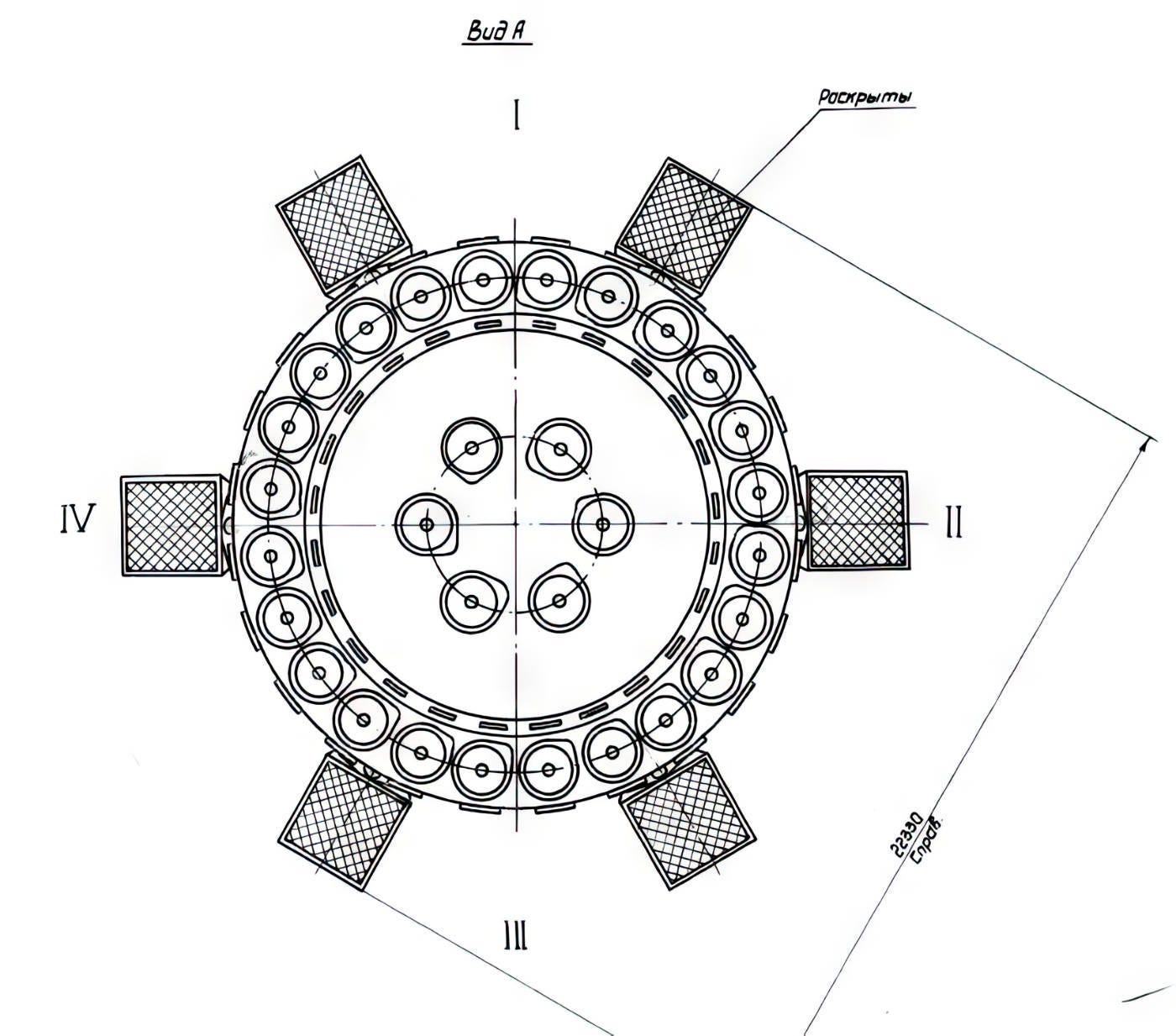

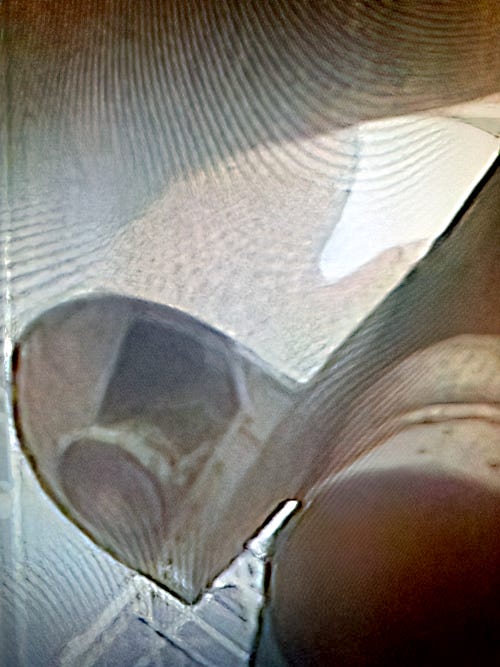
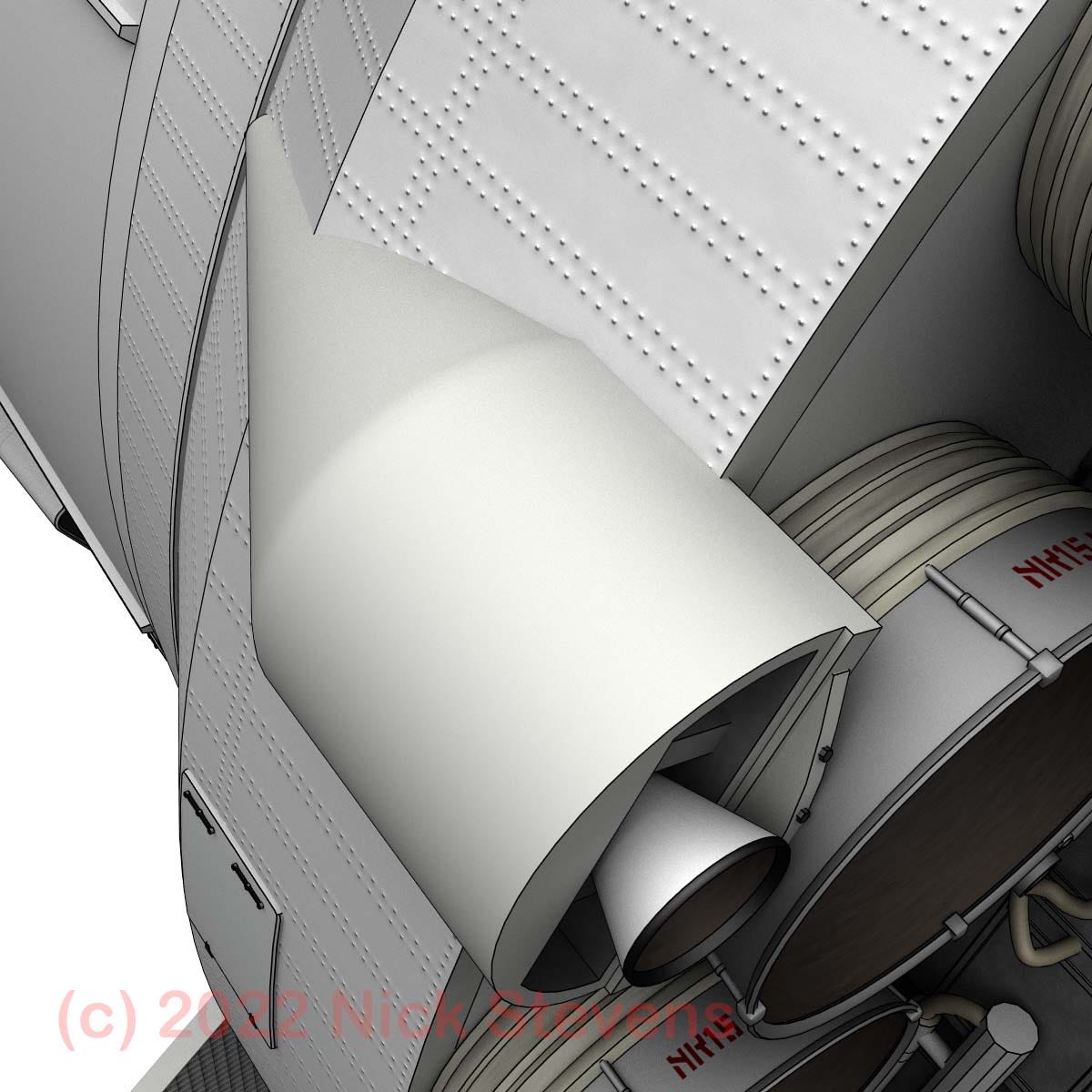
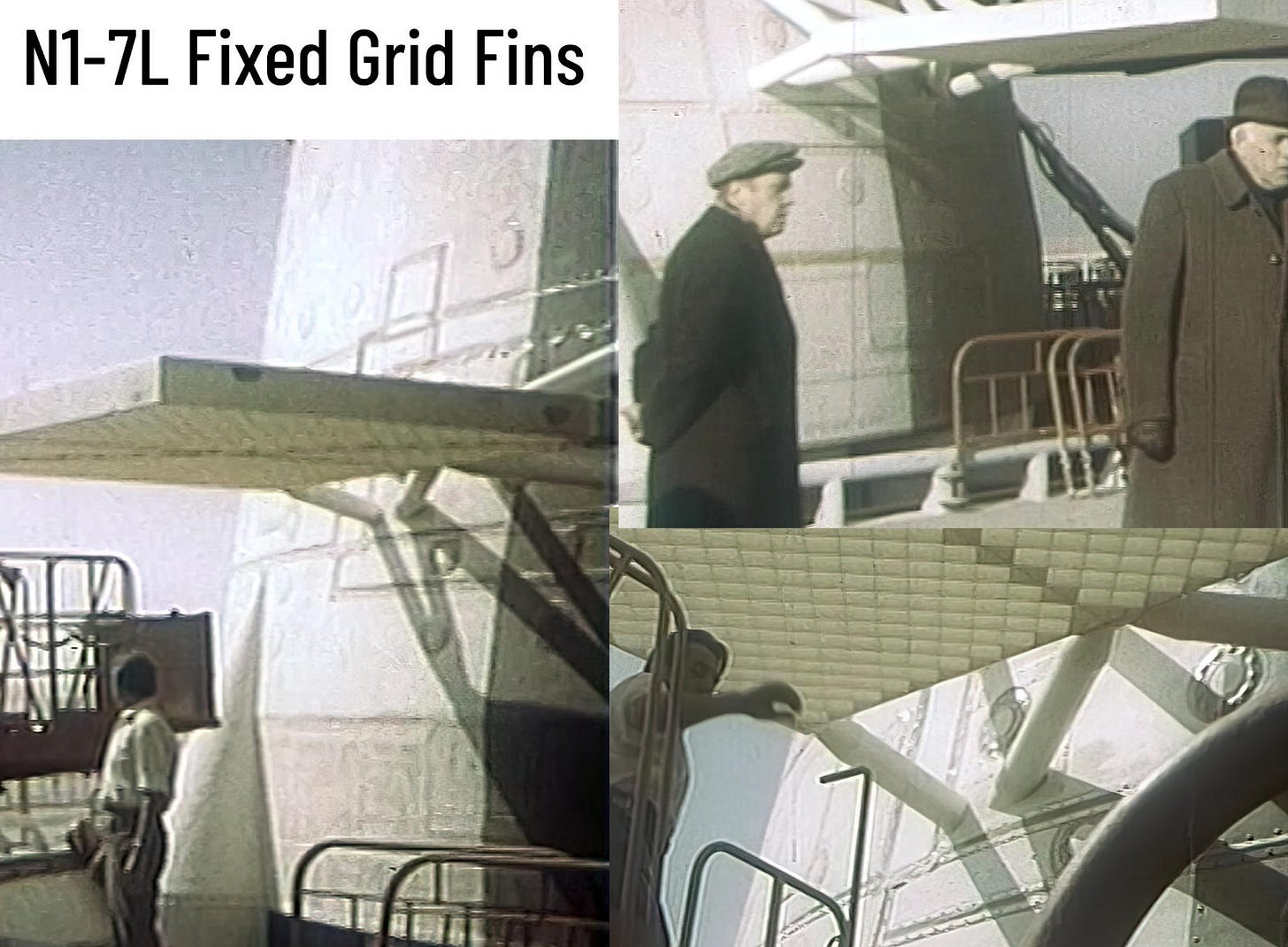
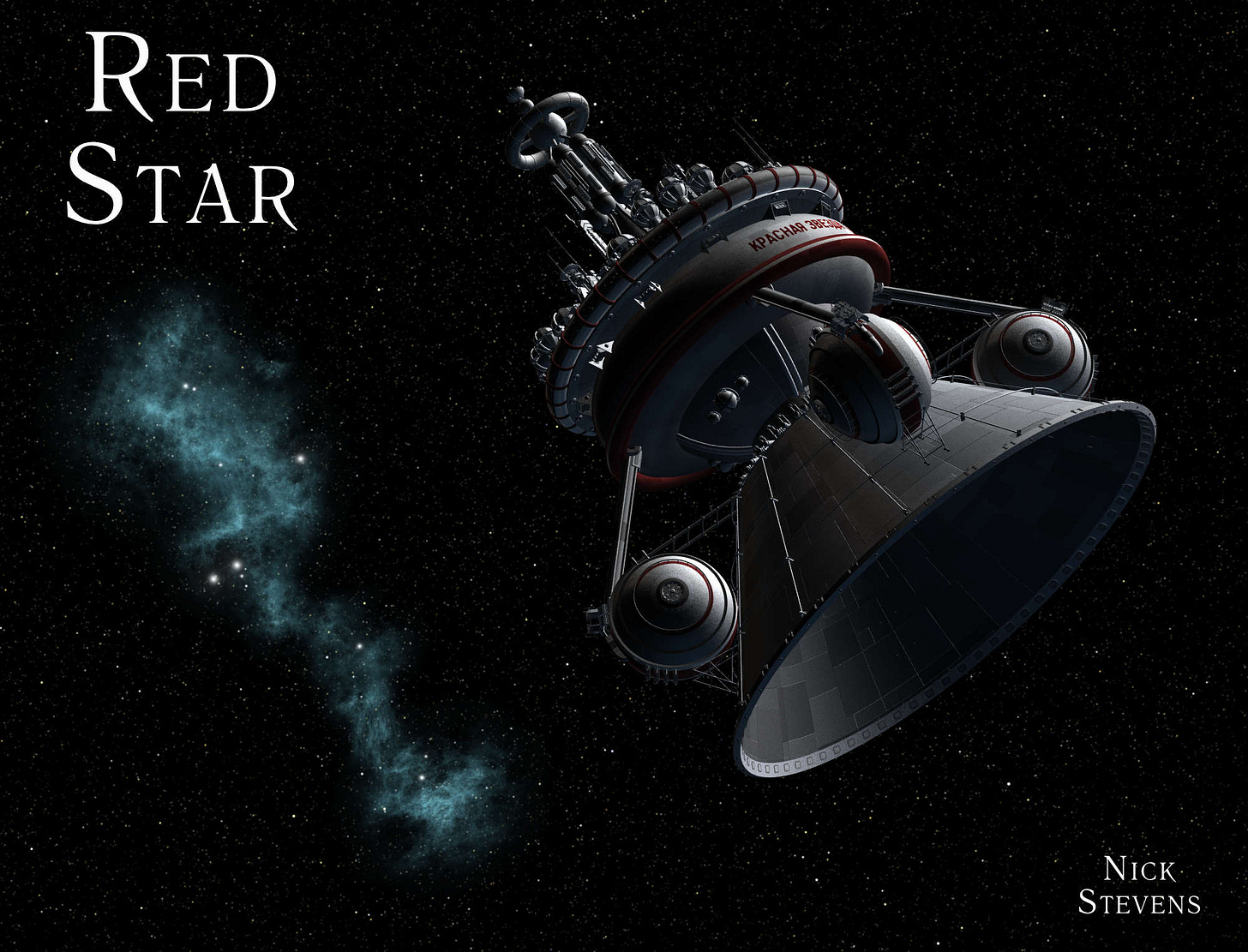
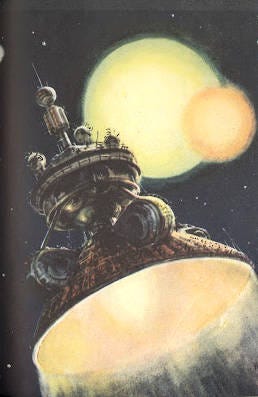
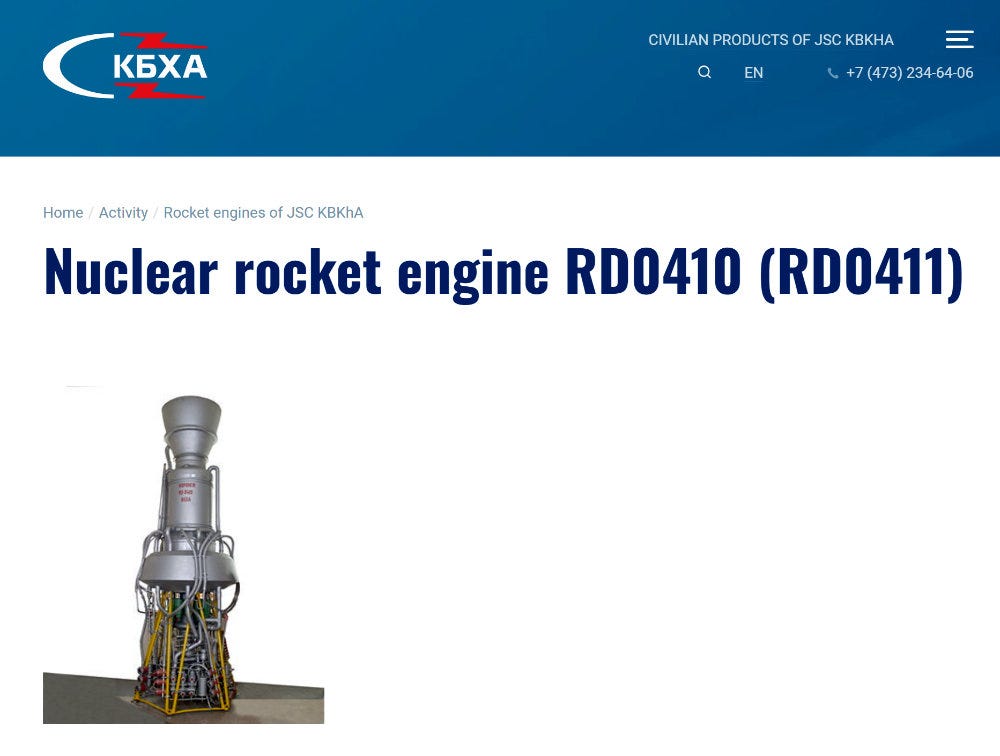
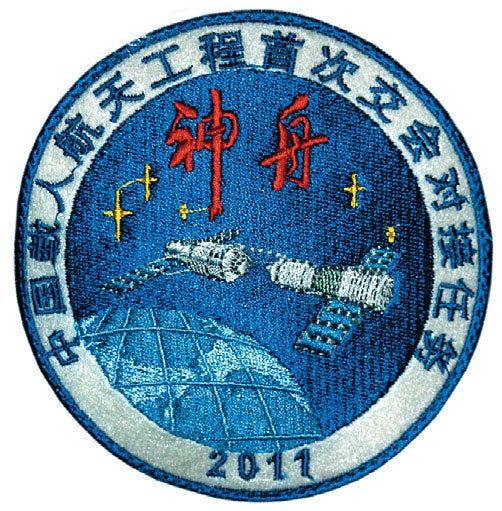
I'm a big fan of the focused approach!
Did those grid fins not pivot? I’ve always seen that they’re braced all the way across but I assumed there was an axle or something that would allow them to pivot. Are they entirely fixed?